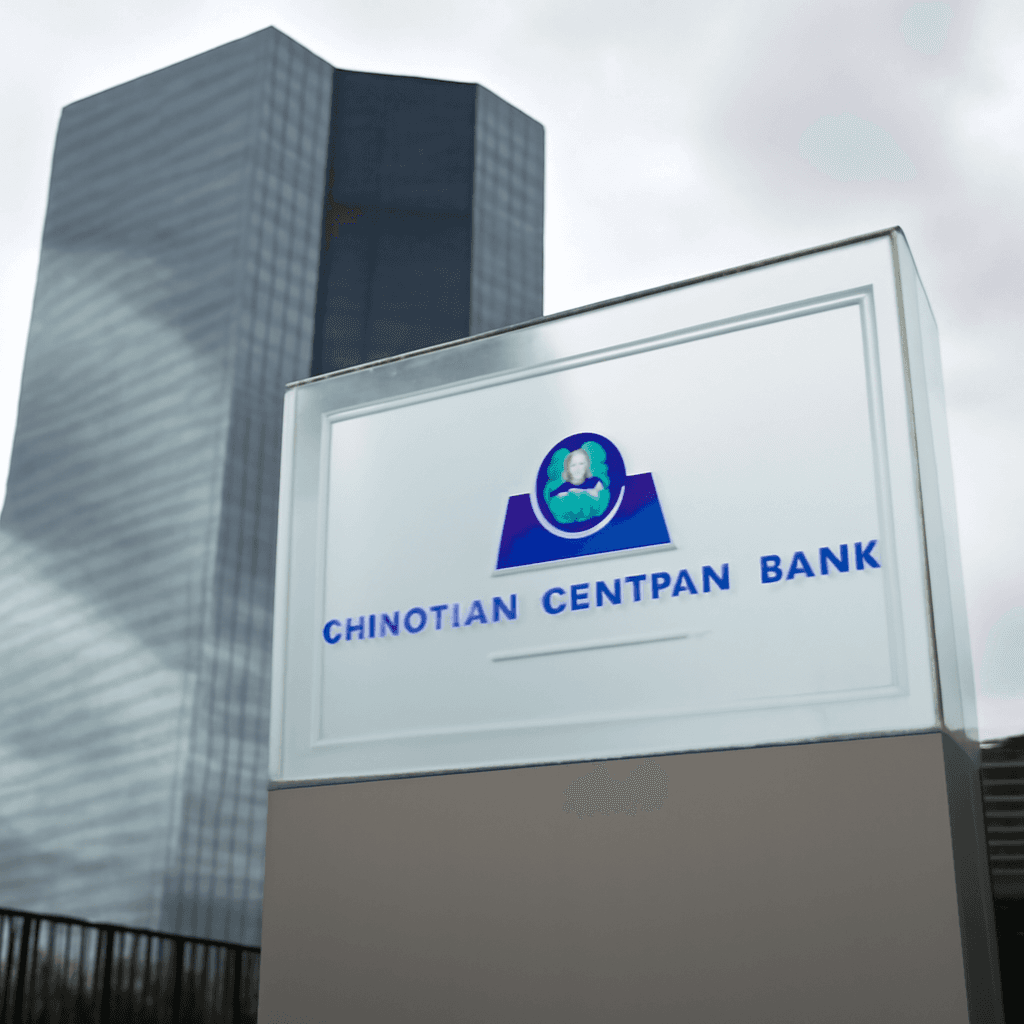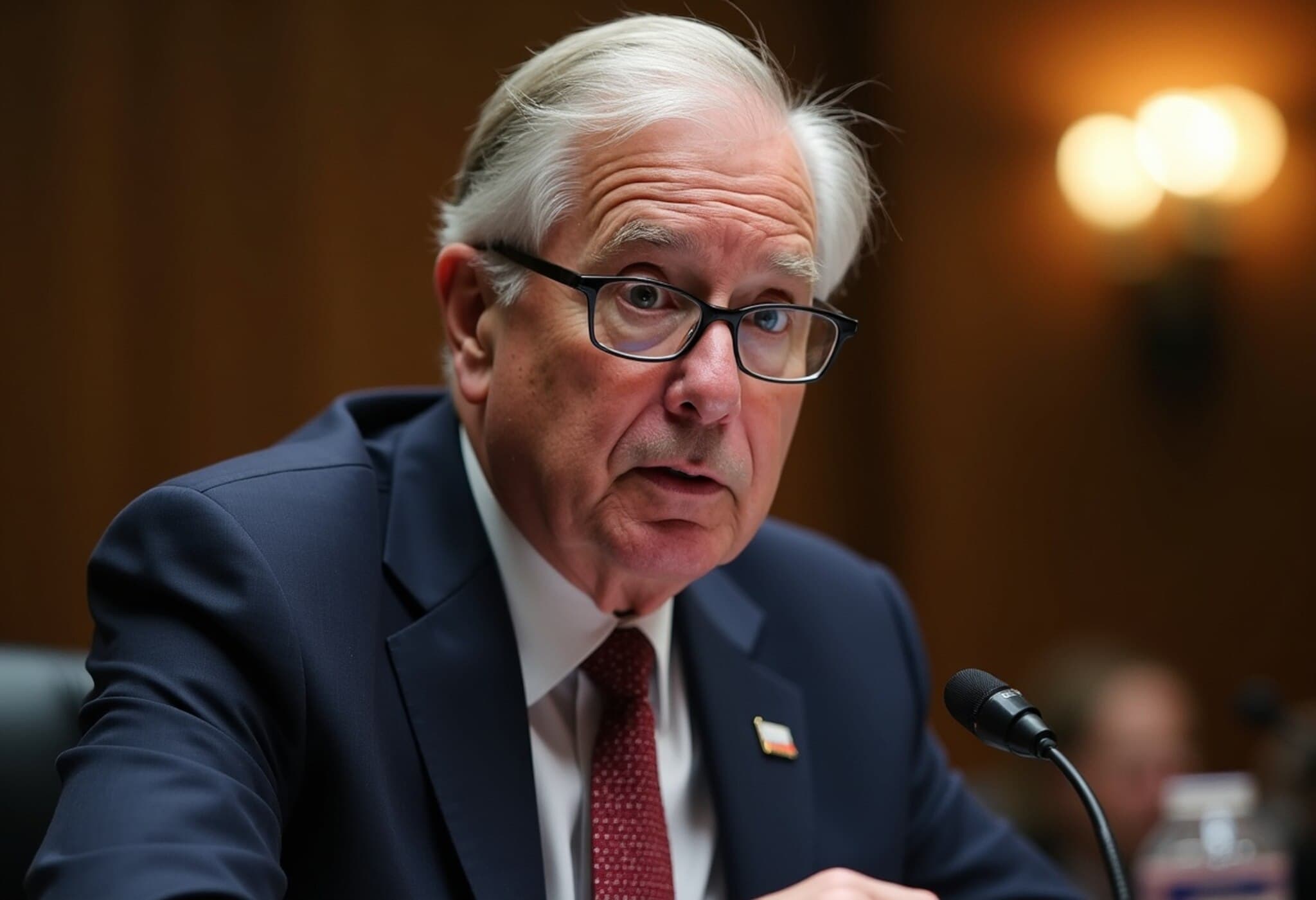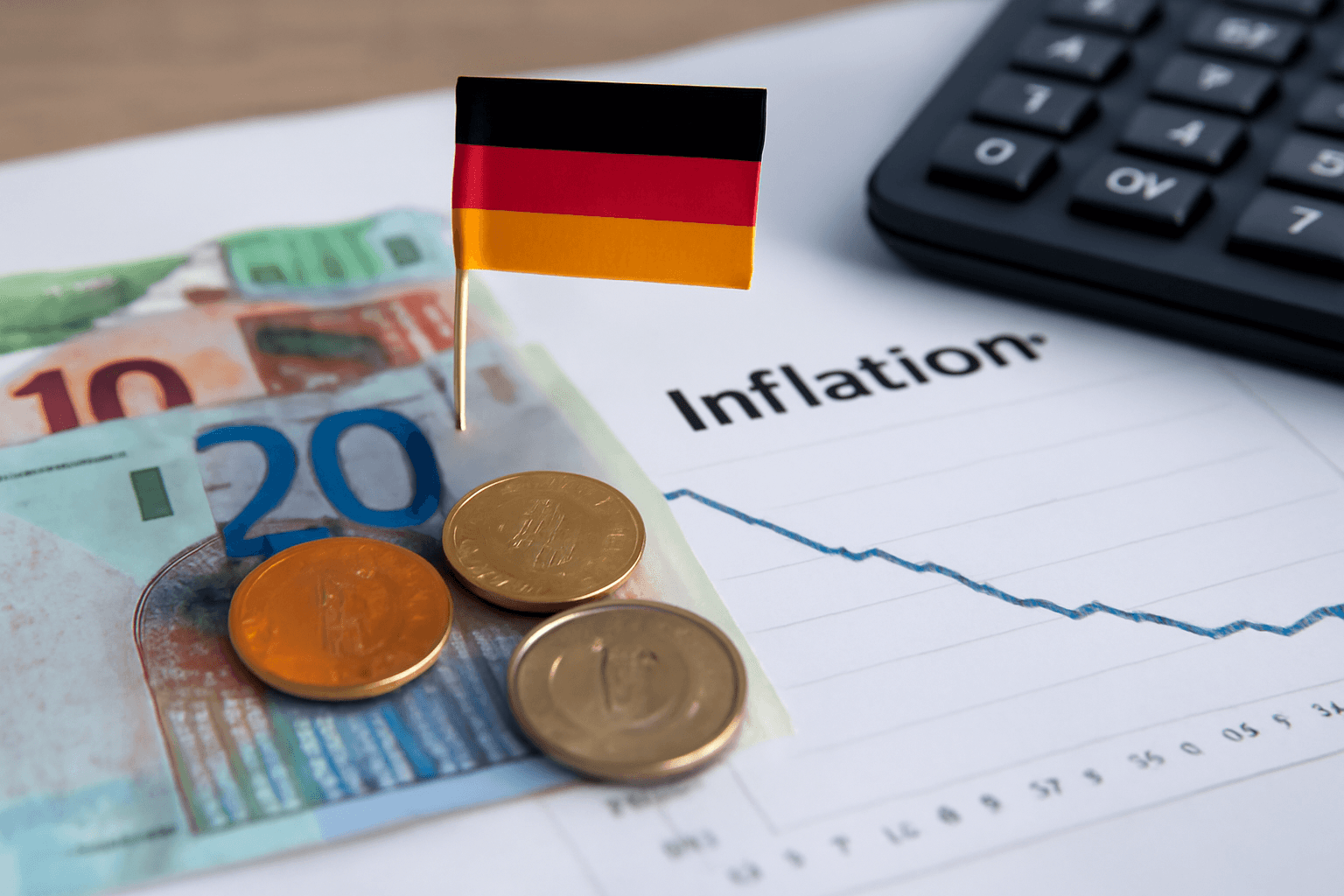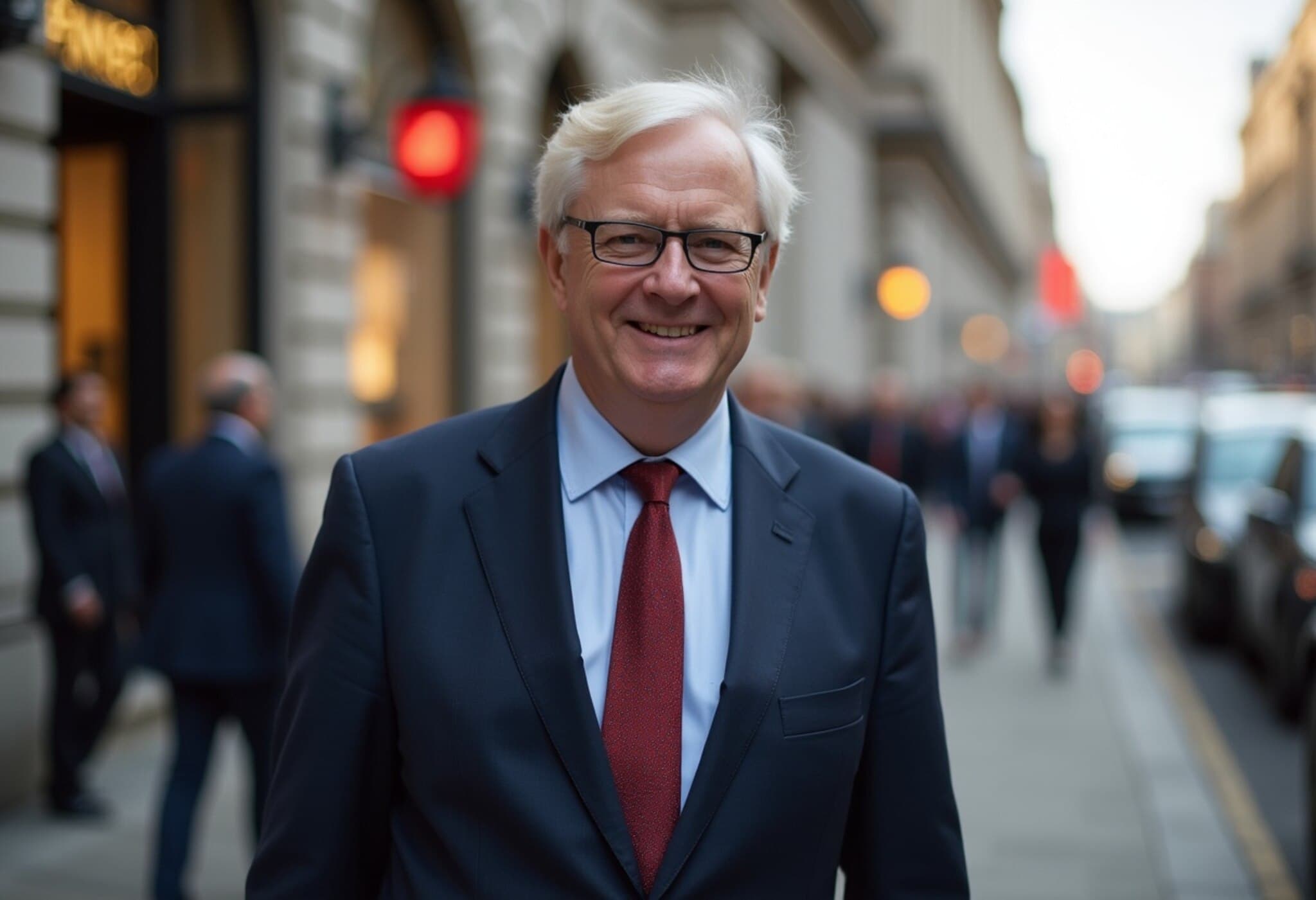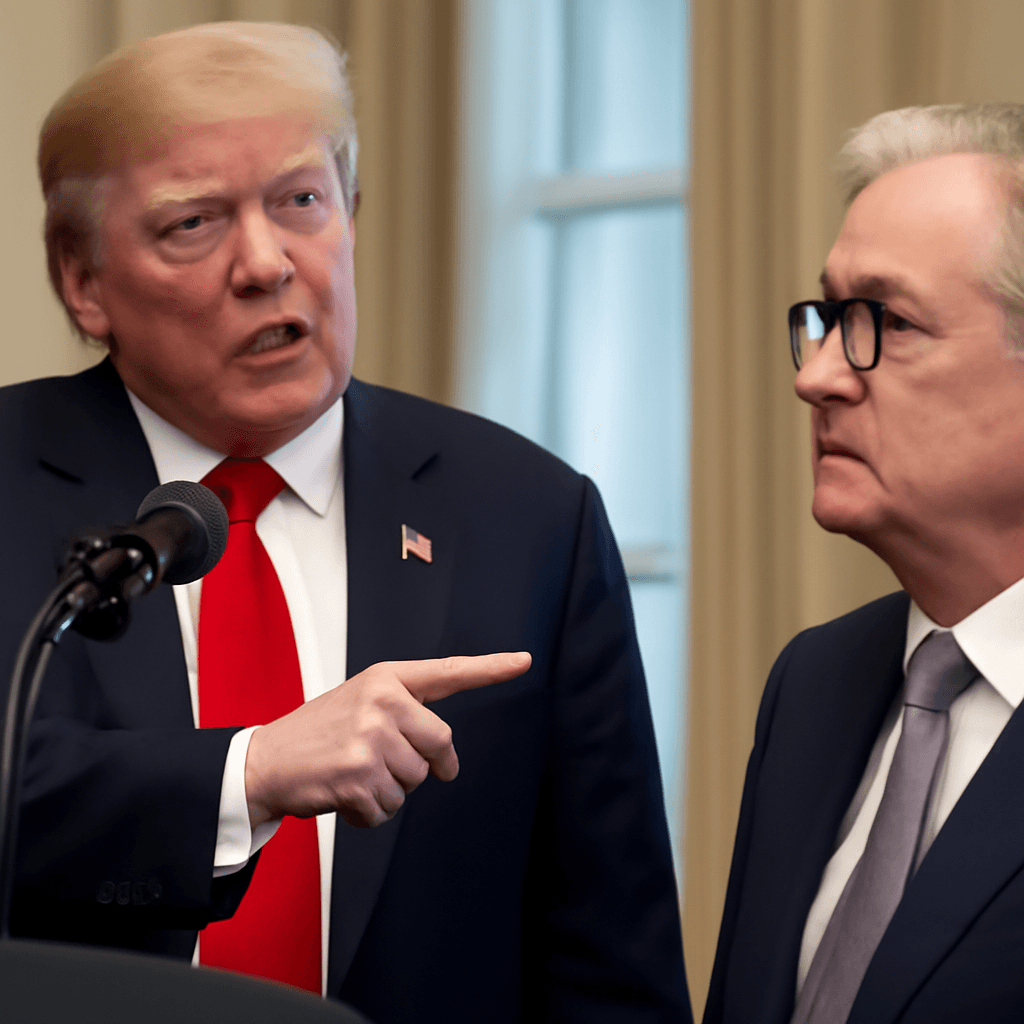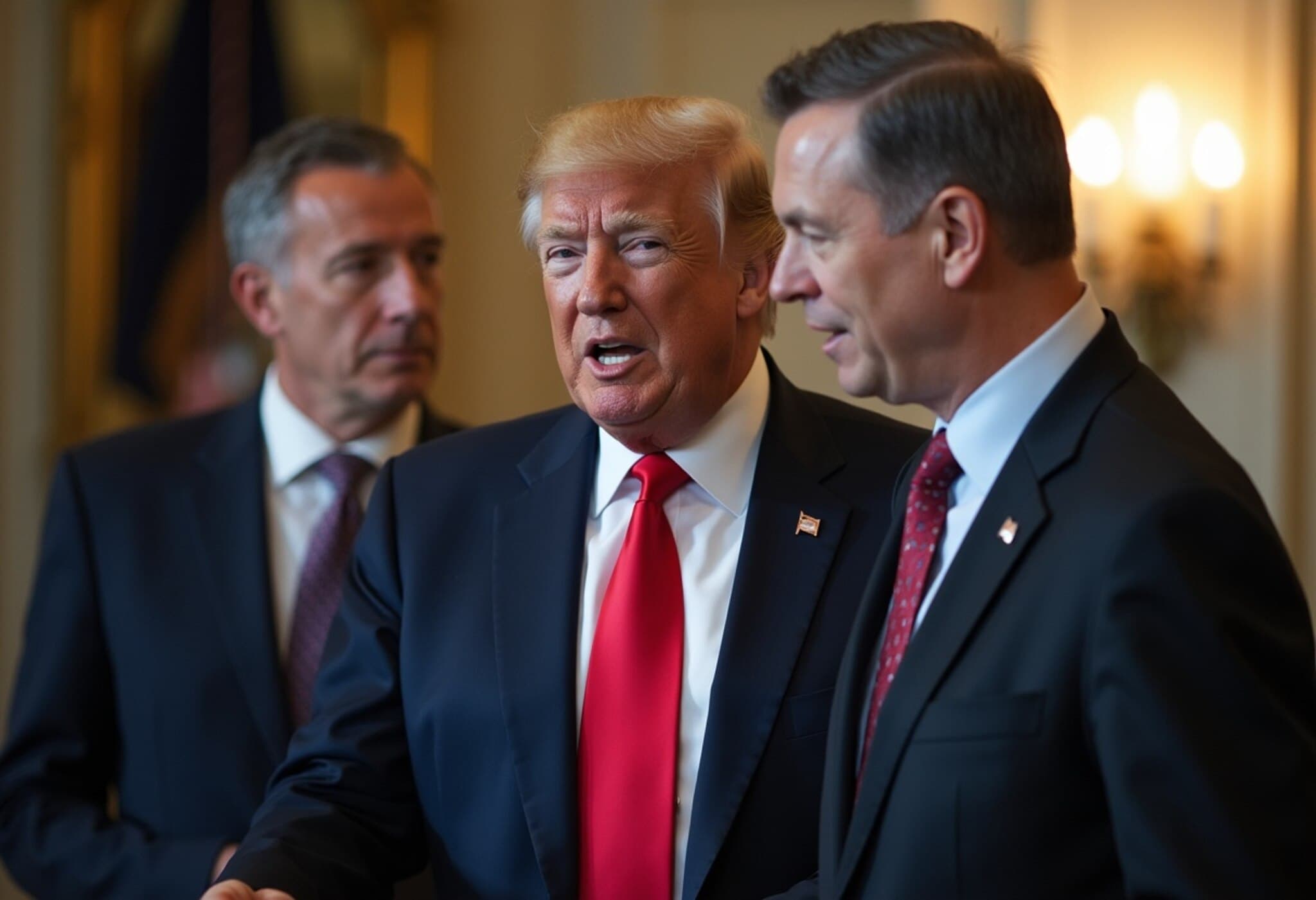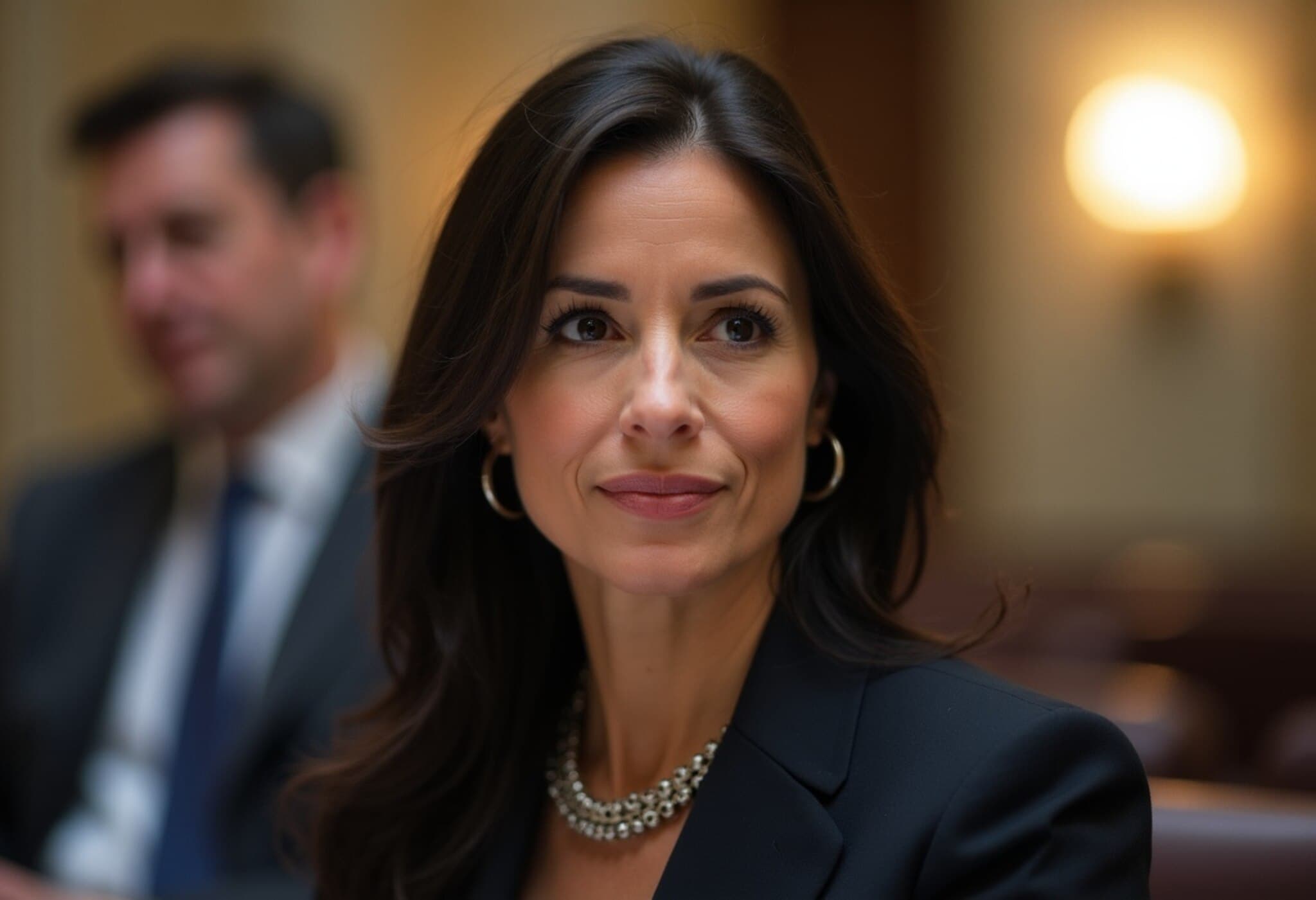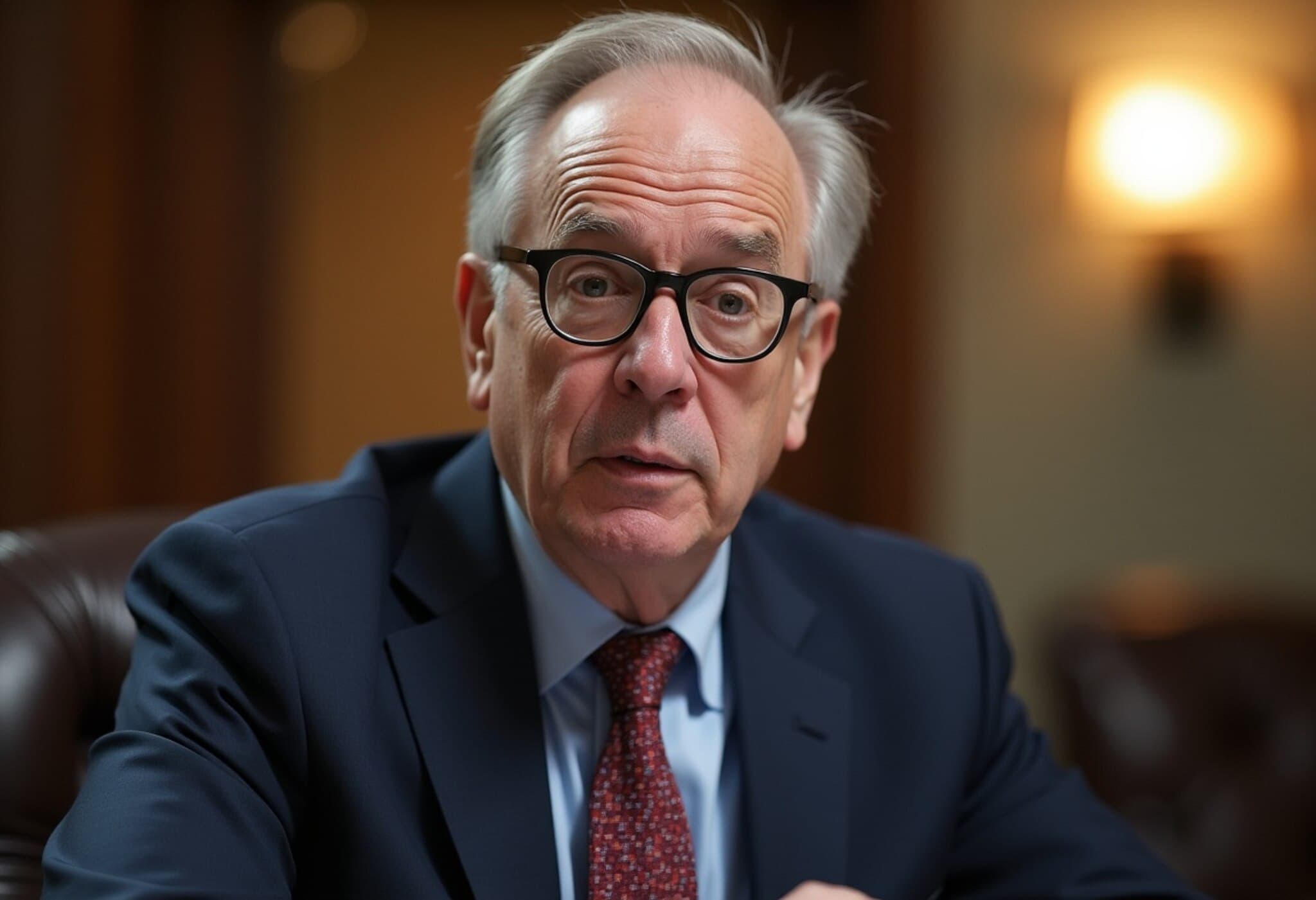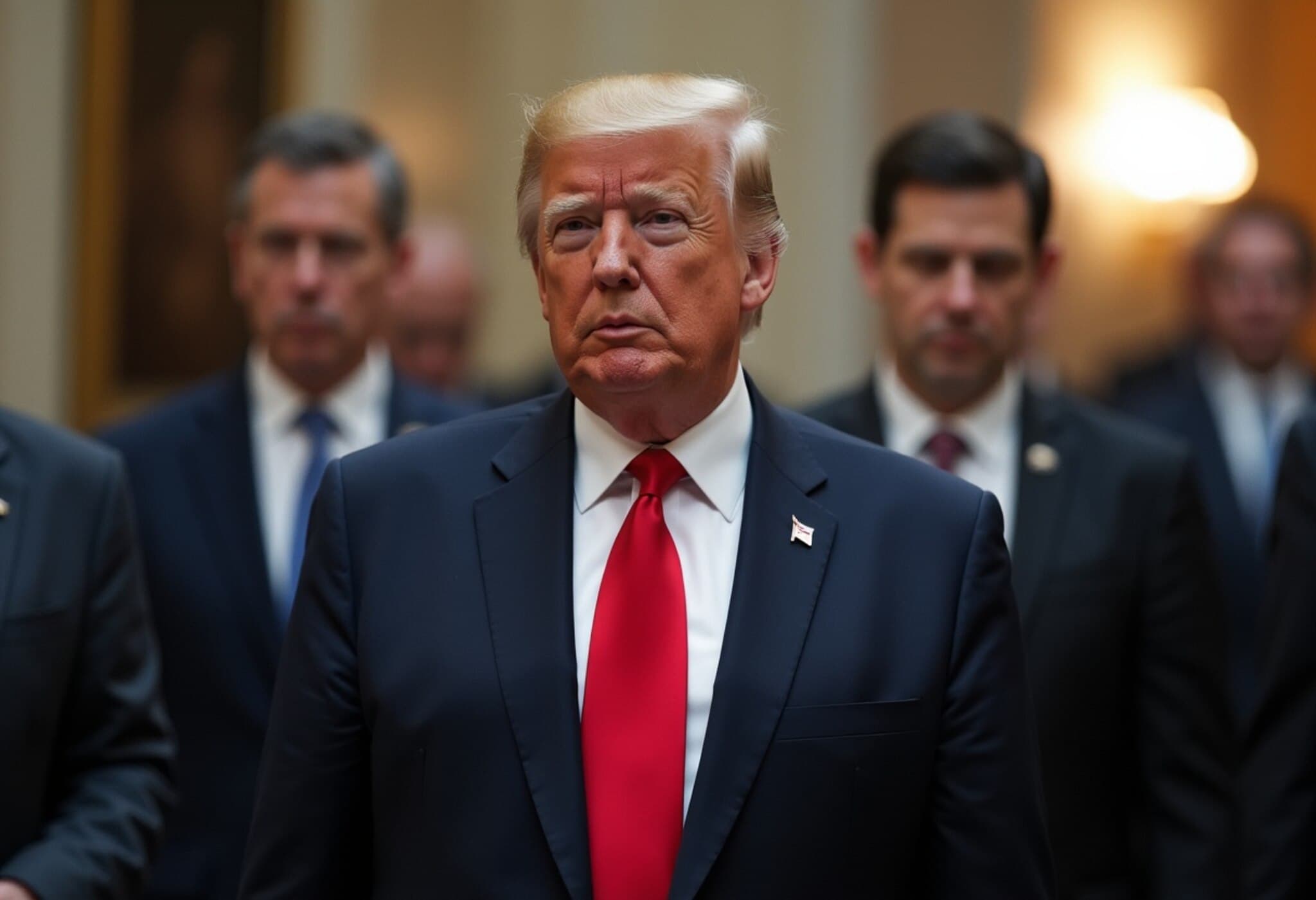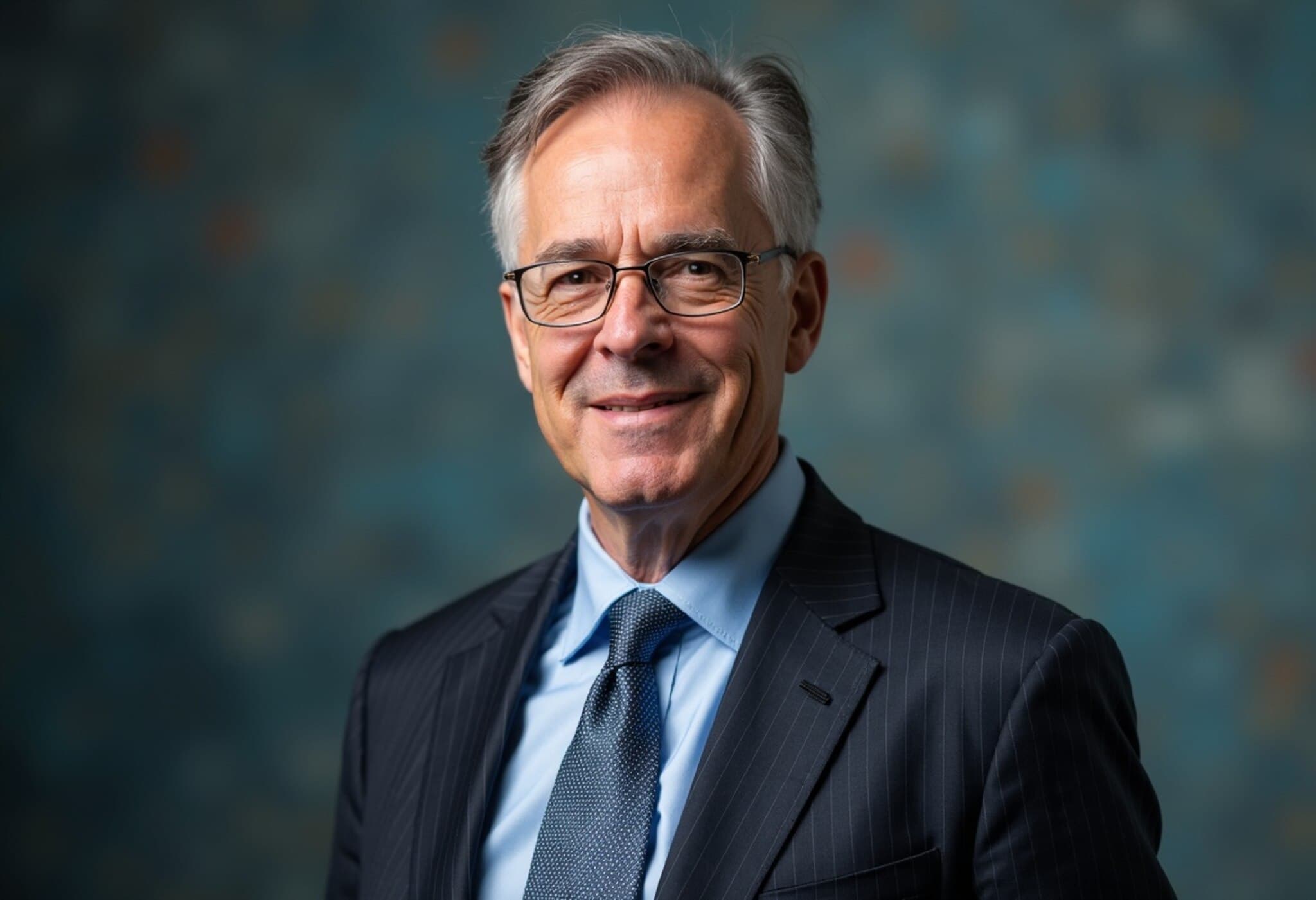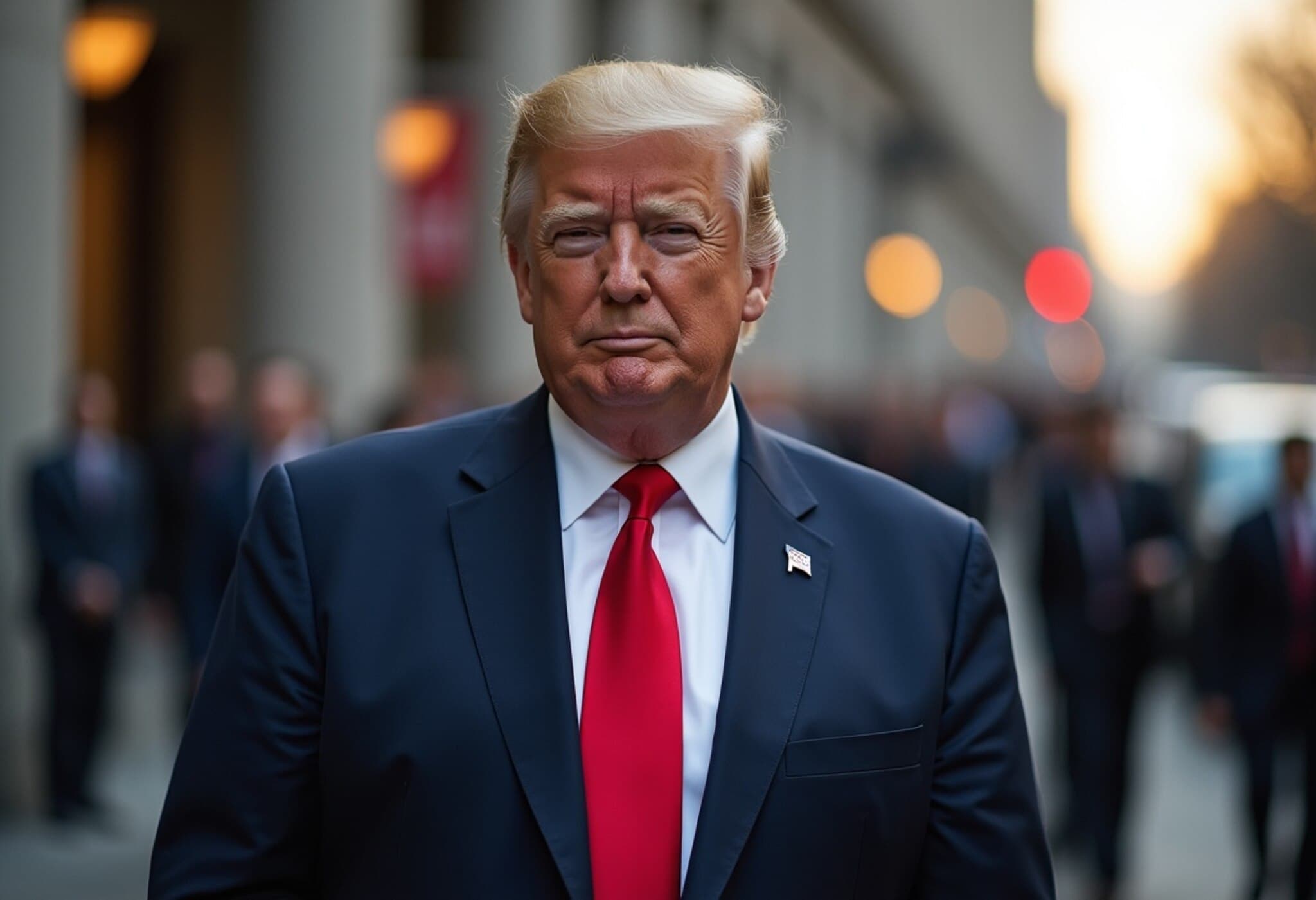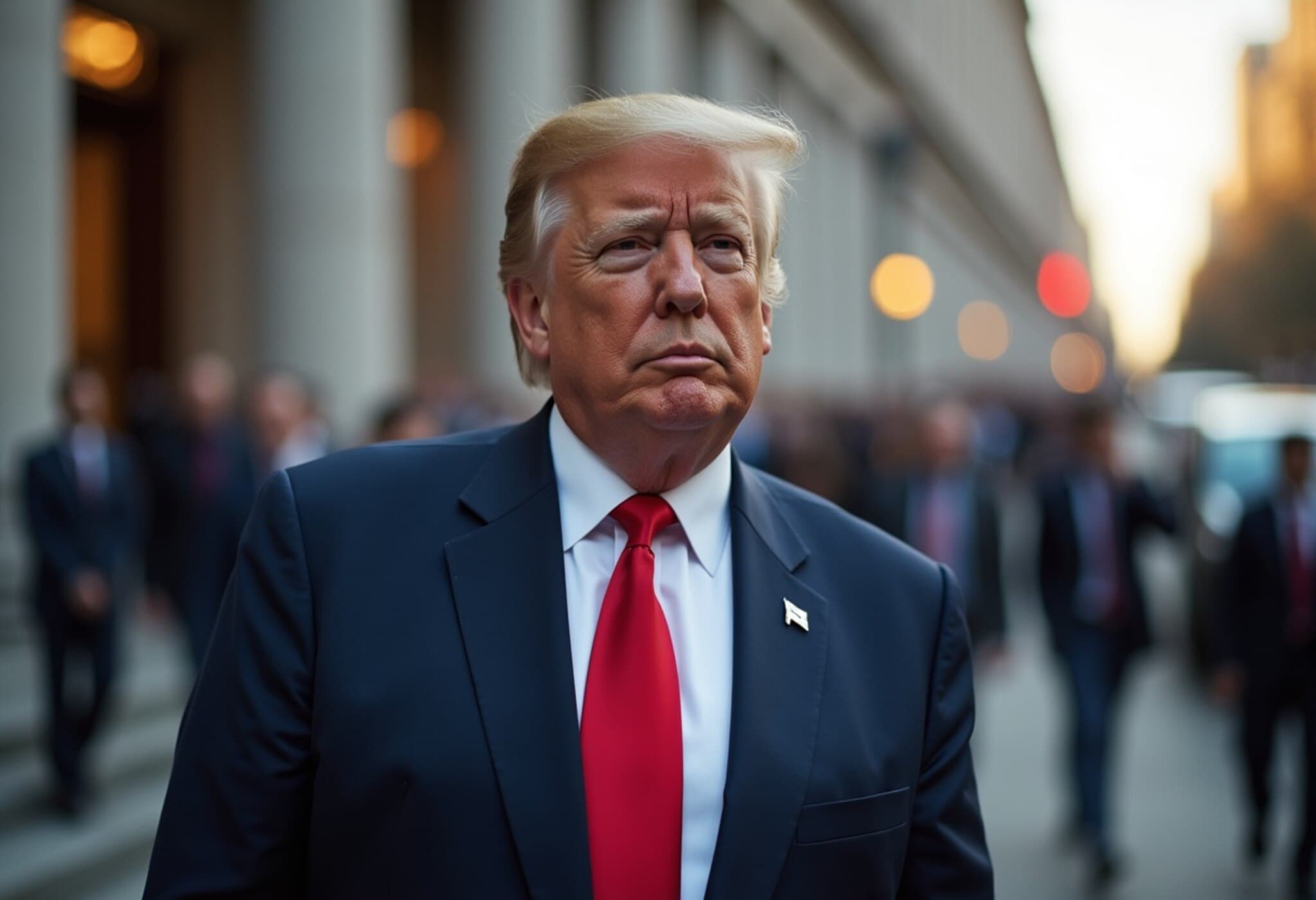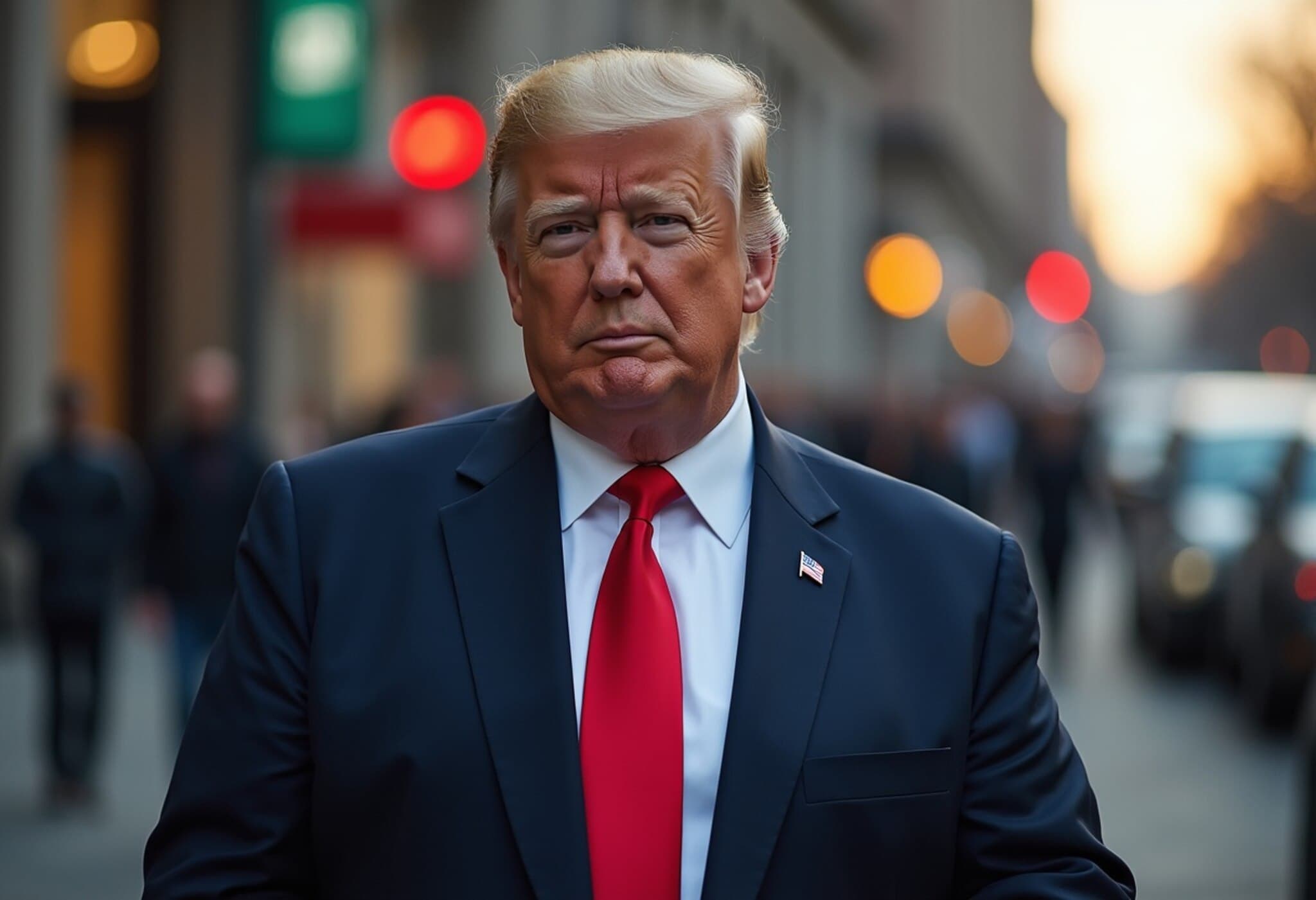Federal Reserve Maintains Interest Rates Despite Political Pressure
On July 31, 2025, the US Federal Reserve announced it would keep interest rates unchanged for the fifth consecutive policy meeting, setting the target range at 4.25% to 4.50%. This decision stands firm despite mounting pressure from President Donald Trump to slash borrowing costs to stimulate the economy. However, the move unveiled deeper cracks among Fed policymakers, highlighting a rare divide within the central bank’s rate-setting committee.
Economic Growth and Trade Dynamics Under the Microscope
Recent data suggested that the world's largest economy returned to growth in the second quarter of 2025. Yet, experts caution that this uptick was partly fueled by a sharp pullback in imports as businesses rushed to stockpile inventories ahead of the tariffs President Trump threatened in the first quarter. This maneuver highlights how trade tensions continue to cast long shadows over economic stability.
Moreover, the Fed’s statement acknowledged ongoing volatility in net exports and underscored that “recent indicators suggest that growth of economic activity moderated in the first half of the year.” It also reiterated concerns about elevated inflation and persistent uncertainty surrounding future economic prospects.
Policymaker Divisions Surface
The decision was not unanimous. Two Federal Reserve Governors, Christopher Waller and Michelle Bowman, dissented in favor of a rate cut, marking the first occurrence of dual dissents since 1993. Both had previously signaled openness to cutting rates as early as July, citing concerns over softer economic data.
KPMG Chief Economist Diane Swonk described the Fed’s situation as balancing “on a high wire without a net,” reflecting the challenge of navigating risks like tariff-induced inflation, labor market fragility, and geopolitical uncertainty.
Labor Market and Inflation: Emerging Concerns
Swonk highlighted emerging vulnerabilities in the labor market, noting that even minor increases in layoffs could sharply dent consumer demand. Tariff-driven price pressures are also beginning to ripple through to certain sectors, and though the bulk of inflationary impact from tariffs remains ahead, many industries are already feeling the pinch.
EY Chief Economist Gregory Daco added that companies are increasingly reporting weaker earnings combined with rising input costs, while persistently high consumer prices are dragging on retail sales. This combination points toward further demand erosion in the near term.
Political Crosswinds and Fed Independence
President Trump’s frustration with the Fed’s measured approach has been palpable. He has described Fed Chair Jerome Powell as “too late,” a “numbskull,” and a “moron” for not lowering rates sooner, repeatedly urging for aggressive interest rate reductions of up to three percentage points despite recent economic growth.
Speculation persists regarding Trump’s intentions toward Powell’s future at the Fed, with some anticipating possible attempts to replace or pressure the Chair before his term concludes in May 2026. Nevertheless, economic analysts, including JPMorgan’s Chief US Economist Michael Feroli, expect Powell to maintain cautious neutrality during his upcoming press conference following the rate announcement.
Rare Dissents Highlight Growing Tensions
Nancy Vanden Houten, lead US economist at Oxford Economics, noted that two dissents within the Federal Open Market Committee had not been seen since 1993. The rare divergence reflects real-time data concerns voiced by Waller and Bowman, emphasizing sensitivity to evolving economic signs such as weaker private-sector employment figures.
However, Diane Swonk warns about the optics of these dissenting votes in a highly polarized political landscape, suggesting that multiple dissents from governors closest to the Fed Chair could unintentionally signal a loss of confidence in Powell's leadership, potentially affecting market perceptions and institutional credibility.
Looking Ahead: Cautious Patience Amid Uncertainty
The Federal Reserve’s steady stance emerges amid a complex matrix of risks — from tariff-related price escalations and geopolitical tensions to labor market shifts and political pressures. Economists anticipate Powell will adopt a tone of cautious patience in his communication strategy, balancing the need to guard against inflation without stifling fragile growth.
As the summer unfolds, policymakers face mounting challenges: managing inflation expectations, responding to tariff fallout, and navigating the fraught political environment that threatens to encroach upon the Fed’s historically independent mandate.
What This Means for Americans
- Borrowing Costs Remain Elevated: Consumers and businesses will continue to face relatively high interest rates, impacting loans, mortgages, and investment decisions.
- Trade Tensions Loom Large: The uncertainty surrounding tariffs creates risks for sectors sensitive to global supply chains and import costs.
- Economic Growth Faces Headwinds: Despite GDP growth, labor market softness and inflation pressures could slow broader consumer spending and investment.
Editor’s Note
The Federal Reserve finds itself walking a tightrope — striving to sustain economic momentum amid trade disputes, inflationary challenges, and political interference. The emergence of rare dissents within the FOMC underscores the complexity of policymaking in an era marked by volatility both economic and political. As policymakers weigh these competing forces, the path ahead for the US economy remains uncertain. Observers should watch closely how this delicate balance unfolds, especially as the Fed Chair navigates pressure to maintain both market stability and institutional independence.
Expert commentary and careful analysis remain essential for understanding the ripple effects of these decisions on everyday Americans and global markets alike.


